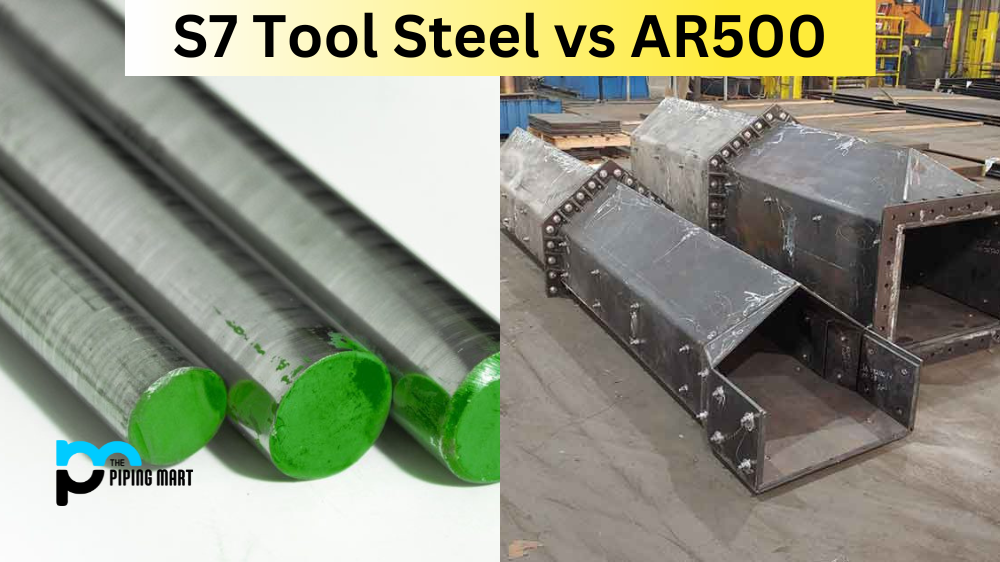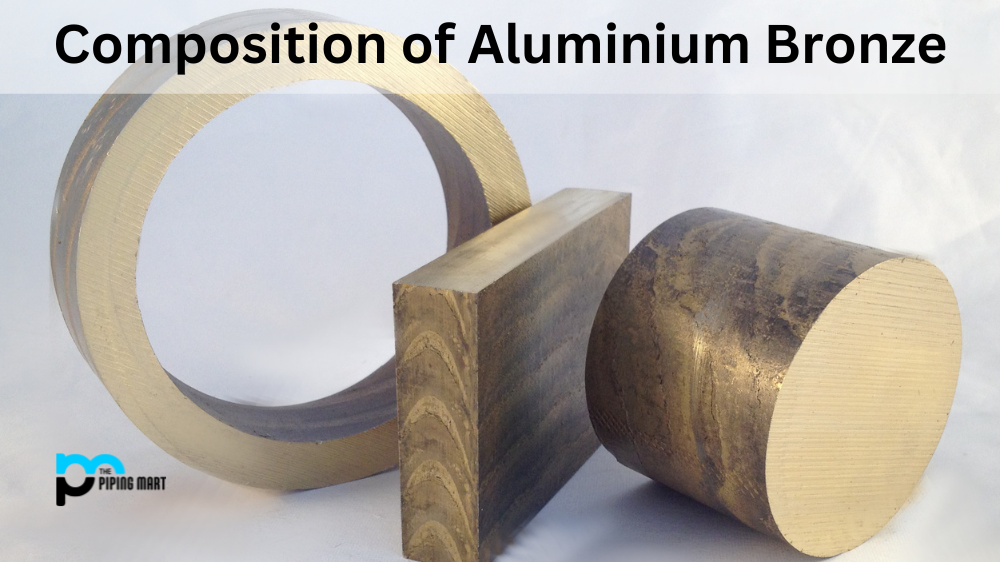When it comes to choosing the best steel material for industrial applications, there are a lot of factors to consider. Strength, durability, and wear resistance are just a few of the essential qualities that engineers and manufacturers look for in materials. Two of the most popular high-quality steels on the market today are S7 tool steel and AR500. Both are known for their exceptional strength and longevity, but how do they compare? In this post, we’ll take a closer look at both types of steel to help you determine which one is right for your next project.
Difference Between S7 Tool Steel and AR500
Composition and Characteristics
S7 tool steel is a low-carbon, high-alloy steel known for its exceptional toughness and shock resistance. It contains various elements, including chromium, tungsten, and vanadium, which help increase its durability. S7 tool steel is typically used in applications requiring an extremely high level of impact resistance, such as forging dies, shear blades, and pneumatic chisels.
AR500, on the other hand, is a high-carbon, abrasion-resistant steel that is designed to withstand repeated impact and severe wear. This type of steel is often used in applications where toughness is not as crucial, but abrasion resistance is critical. AR500 is commonly found in targets for shooting ranges and armoured vehicles.
Hardness and Toughness
One of the critical differences between S7 and AR500 is their relative hardness and toughness. S7 tool steel has a Rockwell hardness of around 56-58 HRC, making it exceptionally hard and durable. However, with high hardness comes low toughness, which means that S7 is not as resistant to cracking or breaking when exposed to shock or vibration.
AR500, conversely, has a slightly lower Rockwell hardness of around 470-540 HRC but is significantly tougher than S7. This means AR500 is more resistant to cracking or breaking due to repeated shock or impact.
Machinability
Regarding machinability, S7 tool steel can be more challenging than AR500. Its high hardness makes it more difficult to cut and grind, so more specialized tools and machinery are required to process it. AR500, by contrast, is relatively easy to machine, making it a popular choice for applications that require precise cutting and shaping.
Cost and Availability
Finally, cost and availability are two essential factors to consider when choosing between S7 and AR500 steel. S7 tool steel is generally more expensive than AR500 due to its high-alloy composition and specialized manufacturing processes. Additionally, AR500 may be less widely available than S7, as it is used primarily in niche applications.
Conclusion
In summary, both S7 tool steel and AR500 are high-quality steels with exceptional strength and durability. However, their different compositions, characteristics, and machinability make them more suitable for specific applications. S7 tool steel is an excellent choice for applications requiring maximum impact resistance. On the other hand, if abrasion resistance is the primary concern, AR500 steel may be the better option. Ultimately, cost and availability also significantly affect the selection process. By considering these factors, manufacturers and engineers can choose the ideal steel material that suits their needs.

Abhishek is a seasoned blogger and industry expert, sharing his insights and knowledge on various topics. With his research, Abhishek offers valuable insights and tips for professionals and enthusiasts. Follow him for expert advice on the latest trends and developments in the metal industry.




